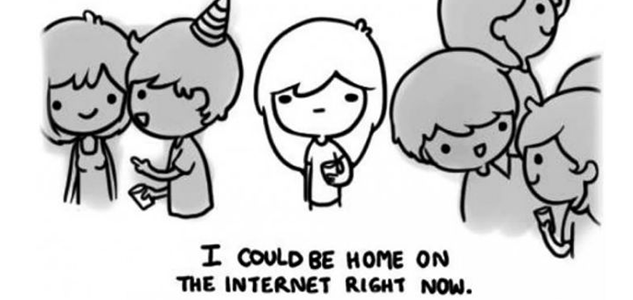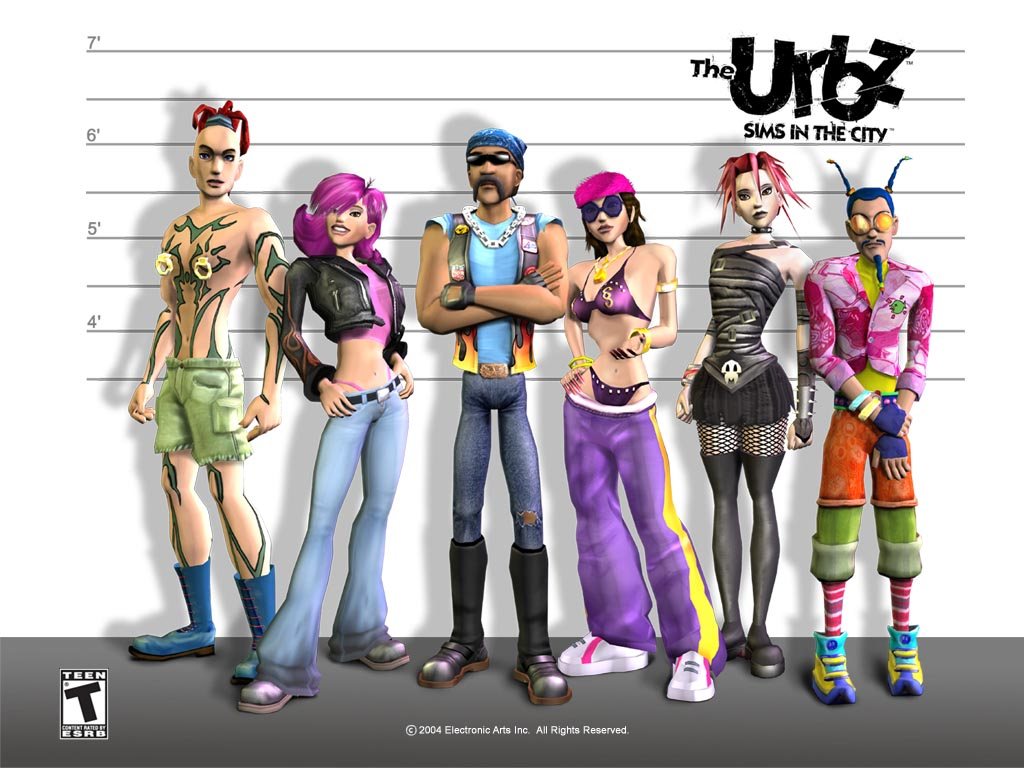Back in May Electronic Arts announced that it would feature female soccer players in its popular FIFA game series, starting with the upcoming FIFA 16. According to the release statement, the game will feature 12 international woman’s teams. Many were also excited to learn that the women would not be female re-skins of originally male avatars either. Rather, EA revealed that the majority of the models would feature photorealistic facial scans and would move according to the motion capture sessions the EA Sports team recorded from professional female soccer players. Although this news is now a few months old, the announcement that Matildas defender Steph Catley would be featured alongside Lionel Messi on the Australian cover of FIFA 16 – the first time a woman has received that honor – has brought back heated discussion on how female players should be integrated into the game.
Although this is certainly a victory not only for female athletes and fans but for female representation in video games as a whole, some legitimate concerns have been raised over the way they have been included. For instance, with only 12 teams on the roster, there isn’t a campaign mode for the women’s league. They are also not included in the popular Ultimate Team feature, which allows players to assemble their own dream teams and test their chemistry and merit against friends and other players. Without doing a bit of recording and self-tracking of stats, players can’t really hold fantasy tournaments and seasons. Furthermore, the database of female players’ stats is a completely separate entity from their male equivalent’s, which essentially means that female players and male players cannot compete against or with each other.
Here is where the most debated question rests – should players be able to match male teams against female teams, or create a mix-gendered dream team? Although I confess that I am not an active sports game player, this option sounds exciting even for a soccer illiterate like myself. With the rise of fantasy drafting and team customization interfaces in recent FIFA and EA Sports titles, there’s been a push to market modern sports video games as “ultimate sports fantasy scenario builders.” In these games, you can hand pick players based on their skills to craft unique teams. Some of these team combinations – which can cross leagues, divisions, and levels – may otherwise be impossible. Using these games, you are able to suspend the constraints of the real world and put together matchups that would likely never happen in real play. Although visually and perhaps statistically realistic, these games are, like most, built on fantasy. For many players, pitting a men’s team against a woman’s team or combining the strengths of the top male players with those of the top female players into one team may be just the soccer fantasy they want to create, and one they might not experience anywhere else. But dissenters of the option to allow female characters to play against and with male characters say that such a combination is unrealistic and would violate the attempt at realism in FIFA.
Too often faulty logic that’s used to attempt to justify the lack of minorities in video games hides behind calls of “it’s not realistic” . This problematic line popped up in debates over whether characters of color should have been featured in The Witcher 3 and it has seemingly returned to the forefront of gamer debate here. There have been a number of different justifications floating around online for why keeping the men’s and women’s teams separate was the right decision: that male and female teams are on different levels of professionalism and talent than each other, that the female athletes’ stats and ability levels are recorded differently, and that men playing against women simply never happens in the real soccer leagues. Even a comment made by an EA official in reference to male and female characters playing against each other, which read “As in real life, the sport itself doesn’t support that. If that changed, we definitely would,” seemed to rely upon the same defensive justifications as the dissenters in the games community. But, as I mentioned before regarding the importance of fantasy in FIFA and other sport video games, non-realistic elements have been in the game essentially all along. It’s possible to pit players from different leagues with different degrees of experience and professional standing against each other, so why not add the women’s league teams to that mix? Why confine the fantasy experience to the men’s sector only?
As it stands, the experience of playing female athletes in FIFA 16 is a segregated, incomplete one. Even with the lack of ability to pit male and female players against each other notwithstanding, the limited opportunities for playing the small amount of teams they did include prevents fans of women’s soccer from getting the full FIFA fantasy experience. While I do admire EA for taking the first steps towards fully integrating women into their FIFA franchise, I’d argue that the increasing interest in women’s soccer points out the need and value of not only providing a complete experience equivalent to that of the male offerings but of including the option to intermingle these experiences at the player’s whim. Because when you tout the fulfillment of fantasies as your game’s main draw but don’t truly allow your female characters and fans to have an equal opportunity to be a part of that fantasy, there’s something wrong.




